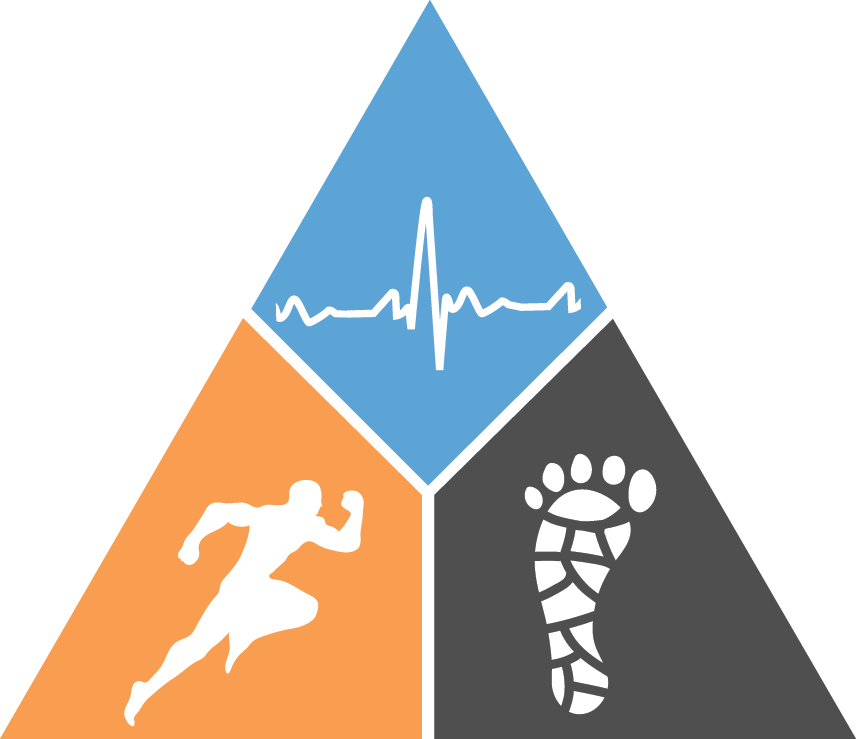Bunions
Bunion Treatment
Experiencing bunion pain and finding it difficult to wear shoes? At Pinnacle Podiatry, we are your number-one podiatrist when it comes to treatment for bunions in the Sutherland Shire area. Don’t suffer any longer, contact us for bunion removal and treatment.
Treatment options for bunions vary depending on the severity of the condition and the level of pain experienced.
Non-surgical treatments, also known as conservative treatments, are available to help relieve the pain and pressure caused by a bunion. These may include wearing comfortable shoes that provide ample space for your toes, using cushions for added comfort, taking pain relief medications like acetaminophen or ibuprofen, and using shoe inserts to distribute pressure evenly. Applying ice to the bunion can also help reduce soreness and swelling.
If conservative treatments are not effective in managing symptoms, surgery may be necessary. Surgical procedures for bunions can include removing swollen tissue around the big toe joint,
realigning bones in the forefoot, and permanently joining bones in the affected joint. Recovery from bunion surgery can take weeks to months, and it is important to wear proper shoes post-surgery to prevent recurrence.
Bunion Causes
Ever wonder what causes bunions? Believe it or not, the type of shoes you wear can play a big role in causing a foot bunion. About 30% of people in Western countries are affected by bunions, compared to only 3% in Eastern countries. They're more common in women and appear as we age.
Those cute yet tight-fitting shoes you love? They're often the main culprits behind bunions. High heels and shoes with narrow toe boxes, like many women's fashion shoes and cowboy boots, can mess with your toes. Wearing these shoes for long periods can cause your toes to become misaligned and squeezed together, leading to the formation of a bunion.
Bunions can also be caused by foot injuries, poor foot arch control, or having a family history of bunions. So, if you're a woman over 40 with a family history of bunions and you're a fan of high heels, you might want to keep an eye out for any signs of a bunion developing.
At Pinnacle Podiatry, we're here to help you understand and manage your bunions. So, if you are at risk or have any concerns, don't hesitate to
contact us. We're always here for you!
Bunion Symptoms
Wondering if you have a bunion? Aside from the physical appearance, here are some symptoms you might experience.
If you're noticing any of these symptoms, it may be time to
schedule an appointment with Pinnacle Podiatry for expert care and relief.
- Pain, swelling, numbness, burning, or tingling where the bunion is located
- More discomfort when wearing certain shoes
- Tough, calloused, red, or painful skin over the bunion
- Trouble moving your big toe without pain
- Hammertoes, corns, or callouses
- Unstable walking pattern
- Difficulty finding comfortable shoes
FAQS
Here are answers to some common questions about bunions.
-
What are bunions
Bunions are these little bumps that can pop up at the base of your big toe. They happen when the bones in the front of your foot decide to do a little dance and move out of place. As a result, your big toe might start leaning towards its smaller friends and the joint at its base might stick out a bit. If you're dealing with bunions, Pinnacle Podiatry is here to help you out!
-
What are the beginning signs of a bunion?
We want you to be aware of the signs of bunions so you can catch them early. Keep an eye out for pain or tenderness in your big toe or foot, as well as swelling or redness around your big toe joint. Remember, bunions can develop slowly, so it's important to pay attention to any unusual symptoms. If you notice any of these signs, don't hesitate to schedule an appointment with us.
-
How to get rid of bunions?
There are a variety of surgical options to permanently remove bunions, also known as a bunionectomy. During your visit, our expert podiatrists will carefully assess your foot and recommend the best treatment plan for long-lasting relief. Say goodbye to bunion pain and hello to happy feet with Pinnacle Podiatry!
-
How to prevent bunions?
To prevent bunions, here are some things to try:
- Make sure your shoes are the right size and fit
- Avoid wearing high heels every day
- Rest your feet and take off your shoes for a few minutes throughout the day
-
What is a bunionette?
A bunionette, also known as a tailors bunion, occurs on the outside of the foot, opposite the big toe.

